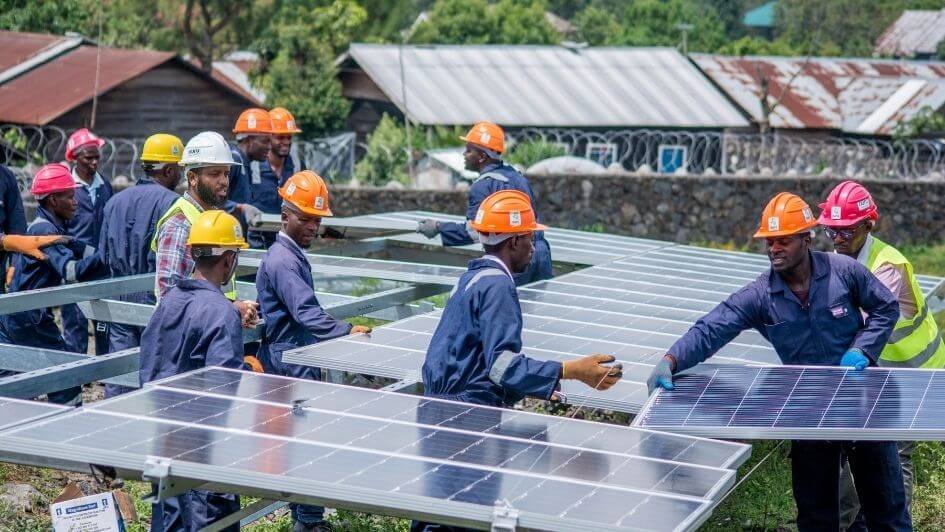The recent commitment of USAID funding for clean energy initiatives marks a transformative milestone in the pursuit of sustainable power solutions. With decades of experience in engineering, procurement, construction, and installation, I have observed the profound impact that strategic financial backing can have on reshaping energy landscapes. This infusion of capital into clean energy, particularly in the realm of solar hybrid mini-grids, signals a robust endorsement of innovative technologies that promise to enhance energy access, efficiency, and resilience. The integration of solar hybrid systems, which combine the benefits of renewable solar power with traditional energy sources, is set to revolutionize the way communities manage their energy needs, paving the way for a cleaner, more sustainable future.
This landmark funding not only reinforces the global commitment to reducing carbon emissions and promoting environmental stewardship but also serves as a catalyst for significant economic growth. The deployment of solar hybrid mini-grids is expected to generate a ripple effect across the engineering and construction sectors, stimulating local investments and creating new market opportunities. Engineers, project managers, and industry stakeholders will find themselves at the forefront of a dynamic shift where cutting-edge technology meets practical application. Through the use of advanced analytical tools and calculators, professionals can meticulously assess project feasibility, optimize resource allocation, and forecast the financial and operational outcomes of integrating solar hybrid mini-grids into existing energy infrastructures.
The transformative potential of these clean energy investments is particularly significant for regions where energy accessibility remains a challenge. By leveraging the dual benefits of renewable and conventional energy sources, solar hybrid mini-grids offer a flexible and resilient solution capable of adapting to diverse operational scenarios. This approach not only mitigates the risks associated with energy supply interruptions but also provides a scalable model that can be replicated across various communities. The infusion of USAID funding underscores the strategic importance of aligning technological innovation with sustainable business practices, enabling engineers and stakeholders to deliver projects that are both economically viable and environmentally responsible.
In light of these developments, it is imperative for every engineer, project manager, and industry stakeholder dedicated to the advancement of clean energy to engage with the state-of-the-art tools and calculators available at epci.ng. These resources are designed to provide in-depth insights into the financial, technical, and strategic dimensions of integrating solar hybrid mini-grids into existing systems. I urge you to explore these cutting-edge solutions and leverage them to enhance your project planning and investment strategies. Join our community of forward-thinking professionals who are committed to driving the energy revolution and shaping a sustainable future. Sign up today at epci.ng and position yourself at the forefront of this transformative movement in clean energy.







Leave feedback about this